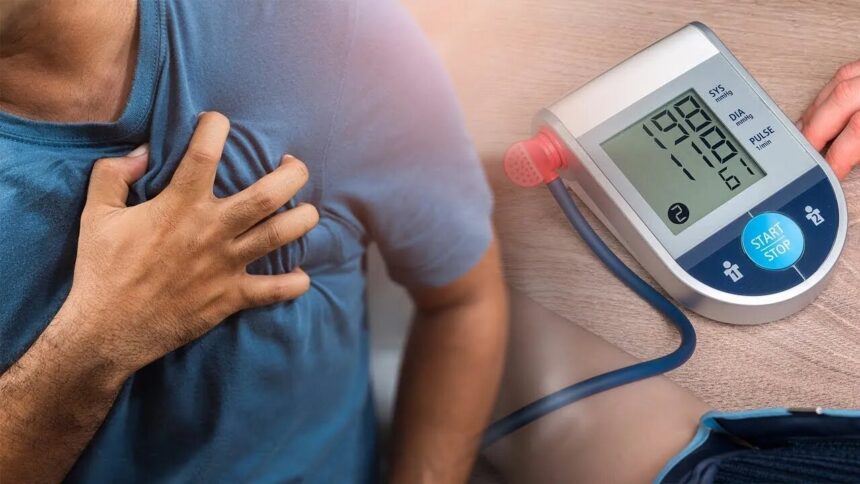It’s easy to ignore high blood pressure, also referred to as hypertension, until health complications strike. Unfortunately, many people don’t realize the impact of high blood pressure until they develop heart disease, have kidney damage or suffer a stroke.
The official standard for high blood pressure is when your blood pressure is consistently 130/80 mmHg or higher. About 122 million Americans now have high blood pressure, according to the American Heart Association. The only way to know if you have high blood pressure is to have your blood pressure level checked.
More than ever, patients are encouraged to track their own progress and take proactive measures to reduce their risks. The good news is that, if you’re among the many people diagnosed with hypertension, there’s plenty you can do to manage it, prevent complications and bring your blood pressure down to a normal range.
Diagnosis
High blood pressure is typically diagnosed during an examination by a health care professional, who will ask you about any symptoms and your medical history.
The health care professional will listen to your heart with a stethoscope and check your blood pressure using a cuff, known as a sphygmomanometer, which is placed around your arm and inflated to compress the brachial artery. This temporarily blocks the flow of blood before slowly releasing air.
A blood pressure reading has two numbers:
- Systolic pressure (top number): This measure shows how much pressure your blood is exerting against your artery walls when the heart is squeezing.
- Diastolic pressure (bottom number): This is a measurement of how much pressure your blood is exerting against your artery walls while the heart is resting between beats.
Health care providers typically pay more attention to the systolic blood pressure measurement for heart disease for people older than 50. For most people, systolic blood pressure rises steadily with age. That’s because as people get older, their arteries stiffen and long-term plaque can build up. This can lead to an increased incidence of cardiac and vascular disease.
Signs and Symptoms
High blood pressure is called the “silent killer” for good reason.
Many people with chronic high blood pressure can’t feel it and, therefore, don’t know they have it, says Suzanne Judd, a professor in the department of biostatistics with the University of Alabama at Birmingham.
Unless you’re experiencing the medical emergency known as a hypertensive crisis, you’re unlikely to have symptoms that serve as high blood pressure warning signs. For most people, untreated chronic high blood pressure will slowly but steadily do its damage over time.
Hypertensive crisis is when blood pressure rapidly spikes to readings of 180/120, according to AHA guidelines.
Why You Must Control High Blood Pressure
A normal heart rate runs at about 60 to 100 beats per minute. Every heartbeat pumps blood through the arteries, veins and capillaries – your network of blood vessels. The blood flow continuously pushes against the arterial walls. This never-ending force is your blood pressure.
High blood pressure is caused when tiny arteries called arterioles, which regulate the body’s blood flow, become tighter. This constriction forces your heart to pump harder, causing pressure to build within the blood vessels.
“The consequences of high blood pressure can be devastating, and lowering your blood pressure may save your life,” says Dr. Mitchell Elkind, chief clinical science officer of the American Heart Association and professor of neurology and epidemiology at Columbia University in New York City.
High blood pressure is associated with an array of chronic health conditions that can shorten your life.
“Ultimately, chronic high blood pressure may lead to heart failure or stroke, which may lead to death,” Elkind adds.
Kidney disease is another major complication. High blood pressure, which can damage blood vessels in the kidneys, is the second-leading cause of kidney failure in the U.S., according to the National Institute of Diabetes and Digestive and Kidney Diseases.
Vision loss, sexual dysfunction and peripheral artery disease may also result from ongoing, uncontrolled hypertension.



